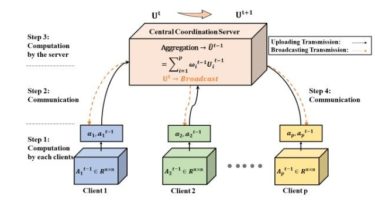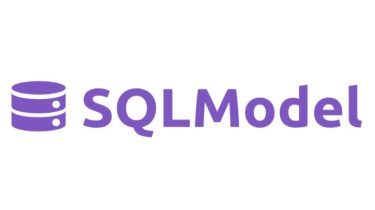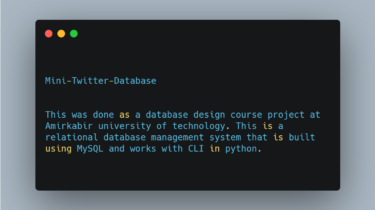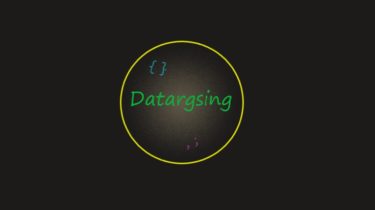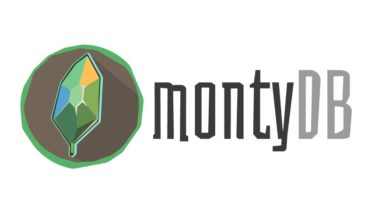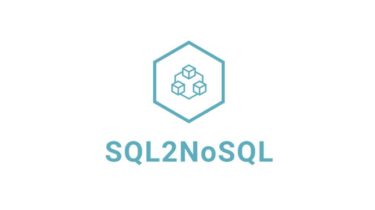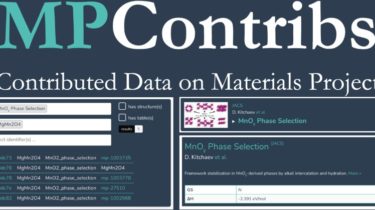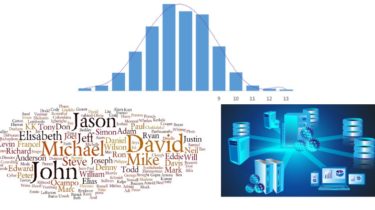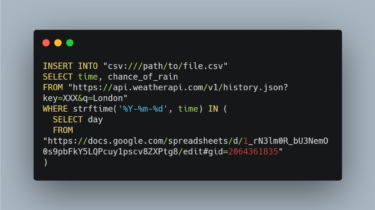Sample code to extract data directly from the NetApp AIQUM MySQL Database
This sample code shows how to connect to the AIQUM Database and pull userquota details from it. AIQUM Requirements: 1. AIQUM 9.7 or higher. 2. An AIQUM “Database User” account with the “Report Schema” role. Python Requirements: 1. The mysql-connector-python module must be installed. AIQUM Database Schema documentation is on the NetApp Support Site: https://mysupport.netapp.com/documentation/docweb/index.html?productID=63834 Using aiqum_user_quota_report.py
Read more